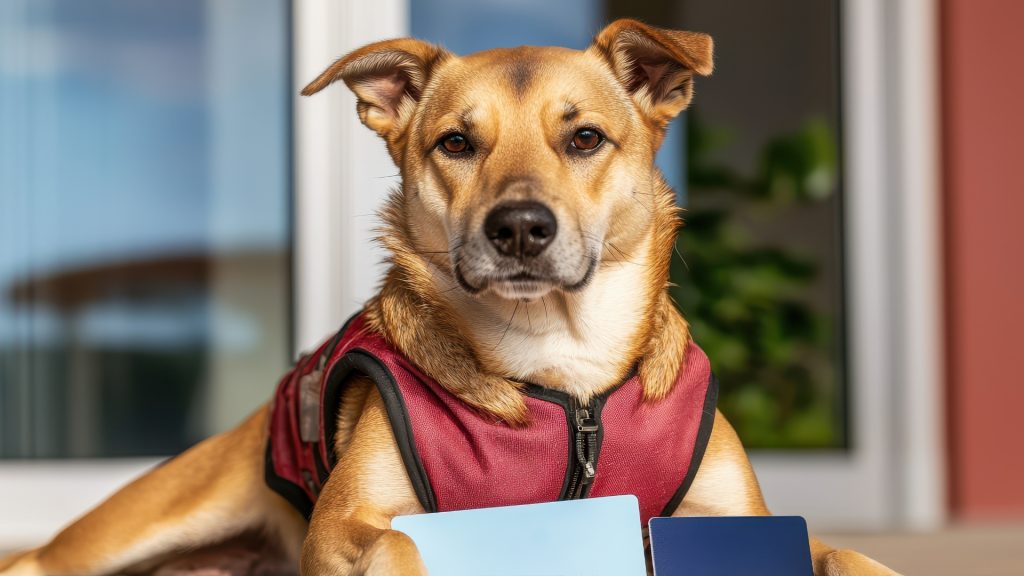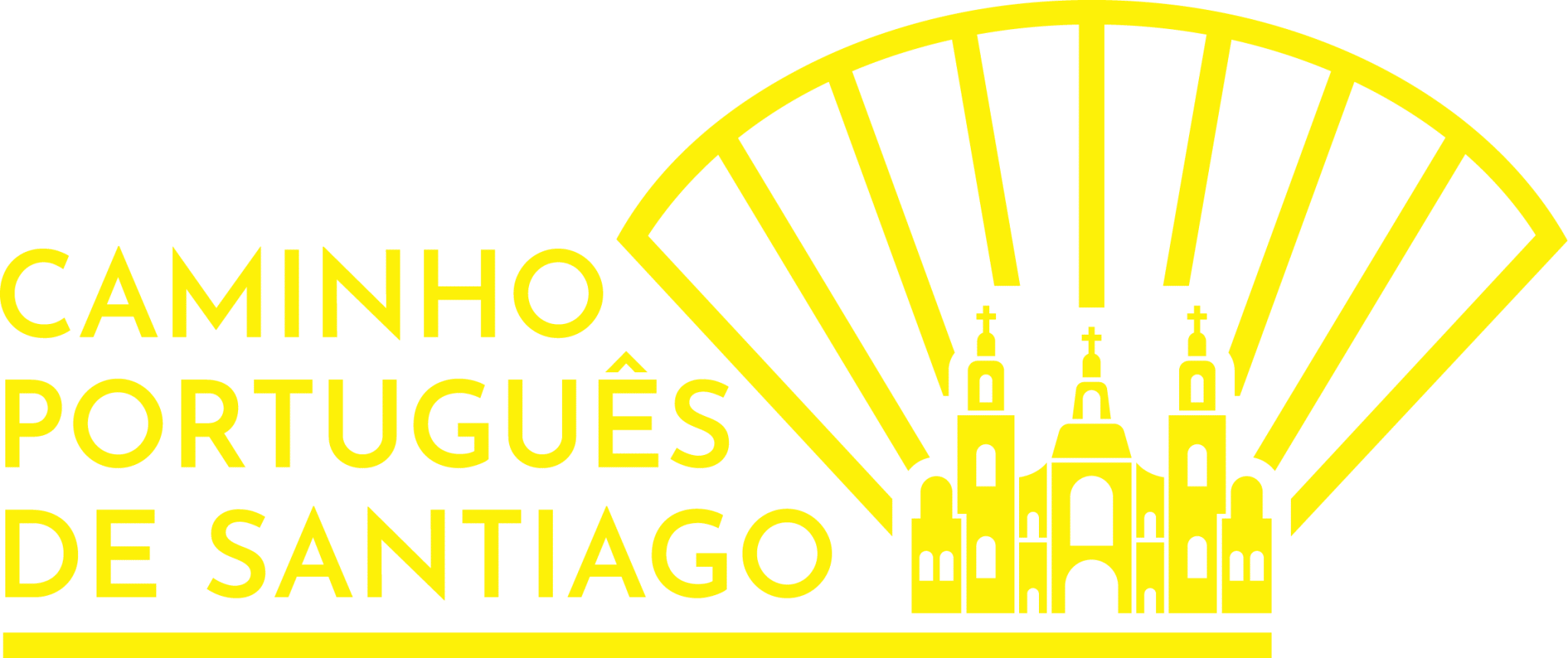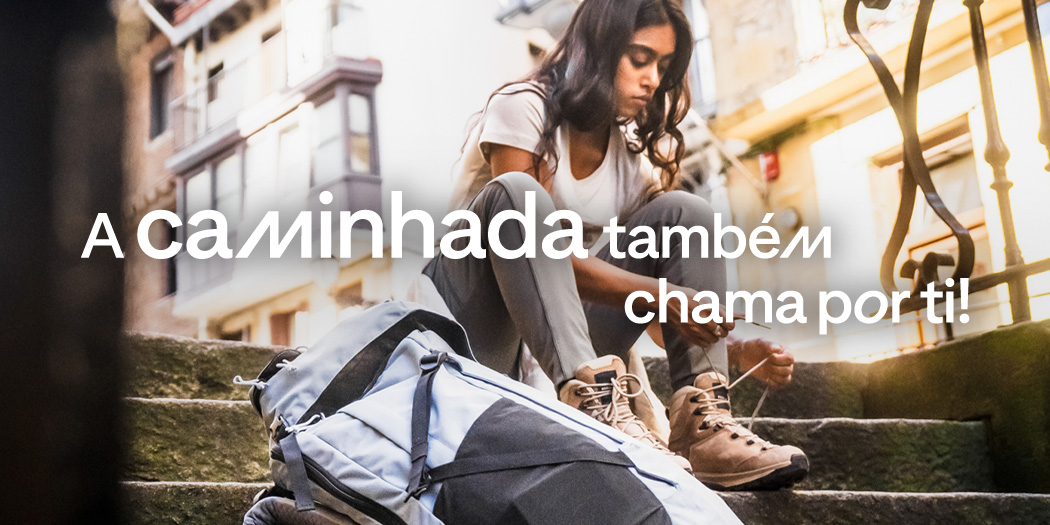Browse the Portuguese Camino de Santiago in the company of your four-legged friend can be an enriching and memorable experience. However, to ensure that you both enjoy the journey in safety and comfort, careful planning and adequate preparation are essential. This comprehensive guide offers everything you need to know to make the Camino with your dog, ensuring a smooth and rewarding pilgrimage.
1. choosing the route and planning the stages
The Portuguese Way is a popular option for pilgrims traveling with dogs, due to its well-developed infrastructure and the availability of pet-friendly accommodation. It is crucial to plan the stages in advance, taking into account the daily distance and the difficulty of the route, to ensure that your dog can keep up. We recommend opting for shorter stages, especially in the first few days, allowing your dog to gradually adapt to the physical effort.
- Terrain analysis: before you set off on your journey, find out about the difficulty of the routes and the type of terrain you'll be covering. This will help you divide the distances more evenly and identify the need for specific equipment for your dog, such as protective boots for the paw pads.
- Limit daily kilometers: To prevent your dog from getting too tired, it's advisable to limit your daily walks to a distance he's used to. Start with shorter stages and gradually increase, always taking into account the animal's well-being.
- Best time of year: The milder seasons, such as spring and fall, are ideal for walking the Camino with your dog, due to the more pleasant temperatures. Avoid the summer months, when the heat can be intense and harmful for the animal.
2. Physical preparation of the dog
Before starting the Camino, it is essential to ensure that your dog is in good physical shape. Consult the vet for a full assessment of the animal's health, ensuring that all vaccinations are up to date and that the dog is properly dewormed. In addition, it is advisable to get your dog used to long walks on different types of terrain, gradually increasing the distance and difficulty, to prepare the paw pads and strengthen physical endurance. Remember that some breeds may be more susceptible to health problems during prolonged exertion, so a veterinarian's opinion is essential.
It's important to prepare the animal physically so that it stiffens up and prepares its pads for the road, not just soft or dirt roads. You can also buy special "shoes" for dogs, although this depends on how accustomed the animal is to these types of accessories (from experience we know that they don't always adapt as easily as we would like).

3. Documentation required
Make sure you take all the necessary documentation for your dog with you, including:
- Pet passport
This document is compulsory for international travel within the European Union. Issued by an authorized veterinarian, the passport contains:
- The animal's identification information, including the microchip number.
- Record of vaccinations, especially the rabies vaccine, which is compulsory.
- Contact details of the owner and the issuing veterinarian.
Make sure all the information is up to date before you travel - europa.eu
- Vaccination bulletin
Although the main vaccinations are recorded in the passport, it is advisable to take your dog's full vaccination record with you. This serves as additional proof that all mandatory vaccinations are up to date, especially the rabies vaccine.
- Deworming certificate
Some regions require proof of recent internal and external deworming. For example, countries such as Finland, Ireland, Northern Ireland, Malta and Norway require specific treatment against the tapeworm Echinococcus multilocularis.
Consult your veterinarian to obtain this certificate, if necessary - europarl.europa.eu
- Additional identification
In addition to the compulsory microchip, it is recommended that your dog wears a collar with an identifying badge on it:
- Dog's name.
- Your up-to-date telephone number.
This measure makes it easier to return the animal quickly in the event of separation.
- Regional regulations
Legal requirements may vary between different autonomous communities in Spain. Before starting the Camino, find out about the specific regulations of each region you will pass through, including:
- Specific restrictions for breeds considered potentially dangerous.
- Additional vaccinations that may be required.
- Mandatory use of muzzles in certain public areas.
- Liability insurance for dogs.
(You can find more information at Traveling with pets in Spain. Information | spain.info).
4. Equipment
To ensure your dog's well-being during the Camino, it's important to take some equipment with you:
Collar or harness and leash
- Opt for a sturdy and comfortable leash, preferably with reflective elements for greater visibility, as well as one that is easy to wash.
Portable bowls
- Lightweight and foldable, ideal for water and food on the way.
Food
- Take enough food for the first few days and find out about places to refuel along the way.
Water
- Always carry water for your dog, especially on hot days or on stages with few refreshment points.
Paw protection boots
- Useful for protecting paw pads on rough terrain or for dogs not used to long walks.
First aid kit
- Consult a veterinarian to find out exactly what to bring and remember to include disinfectant, bandages and tweezers to remove ticks.
Towel
- To clean or dry the dog after rain or to cool it down on hot days.
Cream or Vaseline
- To moisturize the paw pads at night, preventing cracks and pain.
Treats or cookies
- To reward your dog after a day's walk.
Sleeping bag or blanket
To provide a comfortable, insulated place for your dog to rest at night.
5. Accommodation
Although the Portuguese Way offers a good variety of accommodation, not all of them accept pets. It is advisable to plan ahead and make reservations at pet-friendly places. Also consider staying in pensions, rural hotels or guest houses that accept dogs. Remember that, even in accommodation that allows animals, it is important to respect the established rules and ensure that your dog behaves appropriately so as not to disturb other pilgrims.
Advance planning and reservations
- Search for Pet-Friendly Accommodation: Use online booking platforms that allow you to filter by pet-friendly accommodation. For example, Booking offers a list of pet-friendly hotels in Santiago de Compostela
. - Contact the establishments directly: Even if an accommodation is listed as pet-friendly, it is advisable to check directly with the establishment about the availability of pet-friendly rooms and any specific policies.
Types of accommodation to consider
- Pensions and guest houses: Many family-run pensions are willing to accommodate pets. For example, the Hotel A Tafona do Peregrino in Santiago de Compostela is known for accepting dogs.
- Rural hotels: These establishments, often located in quieter areas, can offer suitable spaces for your dog. The Alda Fogar Natural in Santiago de Compostela is a pet-friendly option.
Additional recommendations
- Participation in online communities: Join Facebook groups such as Portuguese Camino de Santiagowhere pilgrims share experiences and can provide up-to-date recommendations on accommodation that accepts animals.
- Respect the rules of the accommodation: Even in establishments that allow animals, make sure your dog behaves properly so as not to disturb other guests. Always carry a leash, waste bags and, if necessary, a portable bed for your dog.
- Flexibility in planning: Be prepared to adjust your itinerary if you can't find accommodation that accepts animals in a particular location. Also make sure you have camping equipment in case you can't find a solution.
6. Food and hydration
Keeping your dog well fed and hydrated is crucial during the Camino. Offer them light meals before the walk and more substantial meals at the end of the day, after the rest period. During the walk, take regular breaks so that your dog can drink water and rest. Watch for signs of dehydration, such as dry gums, drowsiness or wheezing, and pay attention to any changes in the animal's appetite or behavior.
Proper nutrition
- Light meals before the walk: Offer your dog a light meal before starting the journey to avoid gastrointestinal discomfort along the way.
- Substantial meals at the end of the day: After the walk and a rest period, provide a more complete meal to replenish the energy expended.
- Always consult a vet to get the right advice.
Constant hydration
- Regular water breaks: Take frequent breaks so that your dog can drink fresh water and rest. Take a portable bowl with you and enough water for the whole journey.
- Signs of dehydration: Look out for symptoms such as dry mouth, eyes and nose, drowsiness, loss of skin elasticity and thick saliva (more on dehydration in dogs).
Observation of behavior
- Changes in appetite or behavior: Observe any changes in your dog's appetite or behavior, such as a lack of interest in playing or exercising, which could indicate dehydration or other health problems.
7. Health care along the way
During the pilgrimage, it's essential to constantly monitor your dog's health. Check their paw pads daily for any cuts or abrasions and apply specific products to keep them moisturized and protected. Look out for signs of exhaustion, such as excessive panting, weakness or reluctance to continue walking. On hot days, he tries to walk at the coolest times of the day and offers shade and water regularly. If you notice any signs of discomfort, consider taking an extended break or consulting a local vet.
On the hottest days it is common for the tar to reach quite high temperatures, so always take into account any different behavior that may indicate that the animal is in pain or discomfort.
Use of the leash
- Keep your dog on a leash, especially in:
- Road routes.
- Areas between cities
Food
- Avoid feeding him immediately before the walk to prevent discomfort.
- Offer small snacks or cookies during the day to help restore energy.
- At the end of each stage, allow your dog to rest properly and give him a full meal.
- Consider using wet food, because as well as providing essential nutrients, it helps with hydration.
Signs of malaise
If you notice any signs of persistent discomfort, consider it:
- Consult a local veterinarian.
- Take a long break.
8. Local rules and regulations
Along the Way, you will pass through different municipalities and regions, each with its own regulations regarding pets. Some areas may require the use of a leash or muzzle, especially for certain breeds. It's important to be informed about these rules in advance and to comply with them to avoid fines or conflicts with the local authorities. Also, always be understanding with other pilgrims and local residents, ensuring that everything runs smoothly.
Driving rules and equipment
- Use of a lead and muzzle: In many areas, it is compulsory for dogs to be on a lead at all times. For certain breeds considered potentially dangerous, the use of a muzzle may be required. Make sure you have the necessary equipment and that your dog is used to wearing it.
Public transport with animals
- Trains in Spain: Renfe allows the transportation of pets, but with restrictions. For small dogs (up to 10 kg), a carrier with maximum dimensions of 60x35x35 cm is required. Recently, on some specific routes, such as Madrid-Seville, Madrid-Málaga, Madrid-Granada and the Madrid-Zaragoza-Barcelona corridor, dogs of up to 40 kg are allowed, subject to prior reservation and in designated seats.
- Trains in Portugal: CP - Comboios de Portugal allows pets to be transported free of charge as long as they are properly packed in appropriate carriers that can be carried as hand luggage. Each passenger can carry one pet carrier. cp.pt
Respect for other pilgrims and residents
- Always keep your dog under control, especially in busy areas or near other pilgrims. Pick up your pet's waste and make sure its behavior doesn't disturb others.











